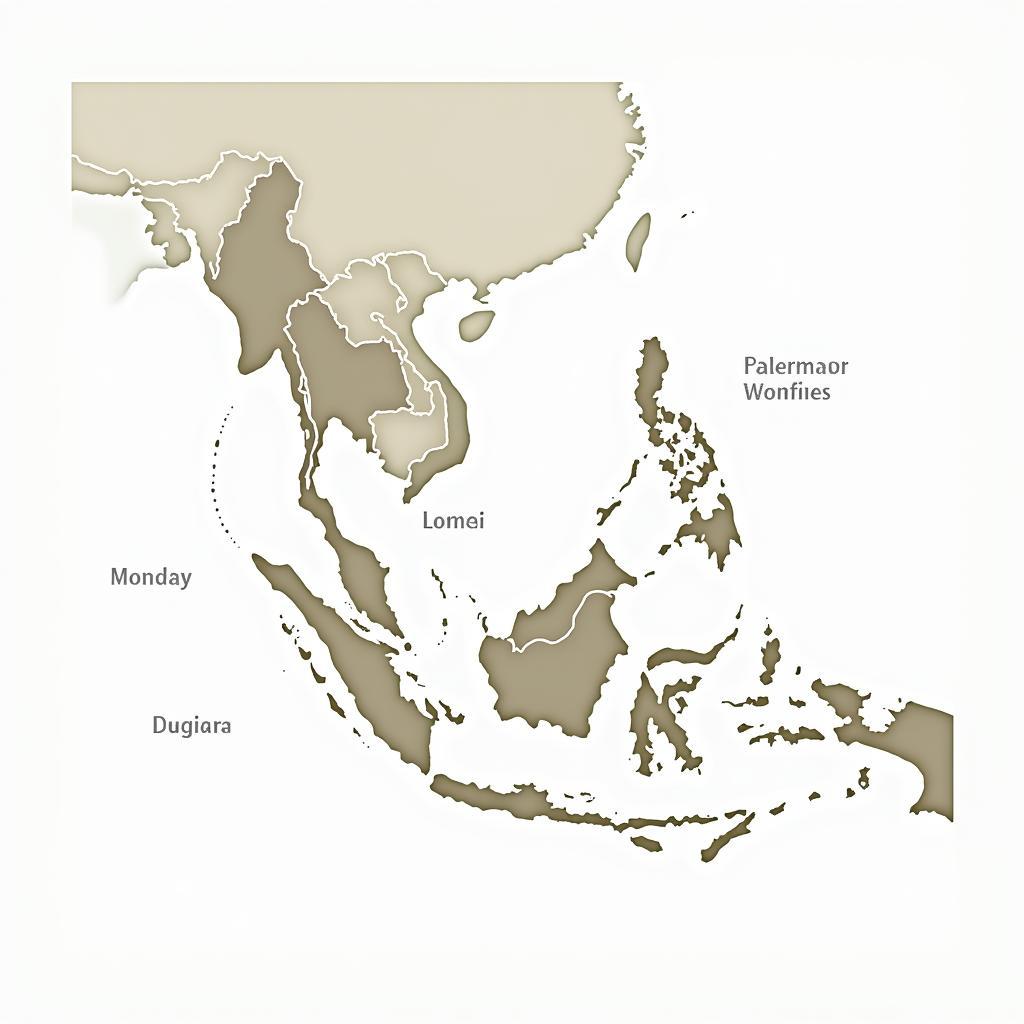The ASEAN region is experiencing rapid urbanization and infrastructure development, leading to a surge in demand for high-quality and sustainable building products. This demand presents a significant opportunity for ASEAN building products to capture a larger share of the market, both domestically and internationally.
Factors Driving the Growth of ASEAN Building Products
Several factors contribute to the increasing prominence of ASEAN building products in the global construction industry:
- Economic Growth: Booming economies in the region, particularly those of emerging markets like Vietnam, Indonesia, and the Philippines, are fueling construction projects, creating a consistent need for building materials.
- Urbanization: Millions of people are migrating from rural areas to cities across ASEAN, leading to a surge in residential, commercial, and industrial construction, driving demand for building materials.
- Infrastructure Development: Governments in Southeast Asia are investing heavily in infrastructure projects such as roads, bridges, airports, and power plants, all of which require vast quantities of building materials.
- Sustainability Concerns: There’s a growing awareness of environmental impact across ASEAN, leading to a preference for sustainable building products and construction practices.
- Technological Advancements: The adoption of advanced manufacturing technologies is enabling ASEAN building product manufacturers to improve product quality, efficiency, and competitiveness.
Competitive Advantages of ASEAN Building Products
ASEAN building products are gaining recognition for their distinct advantages:
- Cost-Effectiveness: Competitive labor costs and access to raw materials contribute to the affordability of ASEAN building products.
- Quality and Innovation: Many manufacturers in the region have adopted international standards and invested in research and development to improve product quality and introduce innovative solutions.
- Sustainability: ASEAN countries are increasingly focused on producing eco-friendly building materials using recycled content, sustainably sourced timber, and energy-efficient manufacturing processes.
- Strategic Location: ASEAN’s strategic location within Asia facilitates convenient and cost-effective shipping to major markets in the Asia-Pacific region and beyond.
Key Building Product Sectors in ASEAN
Several building product sectors in ASEAN are experiencing significant growth:
- Cement and Concrete: Essential components for various construction projects, from infrastructure to residential buildings.
- Steel: Used extensively in high-rise buildings, bridges, and industrial structures.
- Tiles and Ceramics: Renowned for their quality and designs, ASEAN-produced tiles and ceramics are used in both interior and exterior applications.
- Wood and Timber Products: Sustainably sourced timber from ASEAN countries is used for flooring, furniture, and structural components.
- Glass and Glazing: Energy-efficient glass products are increasingly in demand for green building projects in the region.
Overcoming Challenges and Looking Ahead
Despite the positive outlook, the ASEAN building product industry faces challenges:
- Trade Barriers: Non-tariff barriers and differing regulations among ASEAN countries can hinder trade and increase costs.
- Skilled Labor Shortages: A shortage of skilled labor, particularly in technical and managerial roles, can impact productivity and growth.
- Infrastructure Gaps: Inadequate infrastructure in some ASEAN countries can pose logistical challenges and increase transportation costs.
To overcome these challenges and unlock the full potential of the ASEAN building product sector, stakeholders need to collaborate on:
- Harmonizing Standards: Aligning building codes and regulations across ASEAN countries will facilitate intra-regional trade.
- Investing in Skills Development: Addressing the skills gap through vocational training programs and education initiatives is crucial.
- Improving Infrastructure: Investments in transportation, logistics, and digital infrastructure will support the growth of the industry.
Conclusion
ASEAN building products are well-positioned to capitalize on the region’s growth trajectory. By addressing existing challenges and leveraging its competitive advantages, the ASEAN building product industry can become a major player in the global market, contributing significantly to economic development and sustainable urbanization in the region and beyond.
Do you have questions about ASEAN building products or other related topics?
Contact us! We are available 24/7 to assist you. Call: 0369020373, Email: [email protected], or visit us at: Thon Ngoc Lien, Hiep Hoa, Bac Giang, Vietnam.

